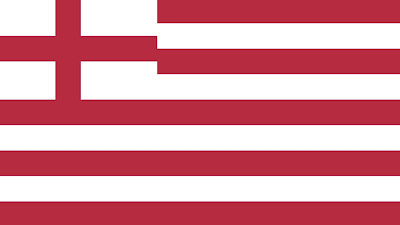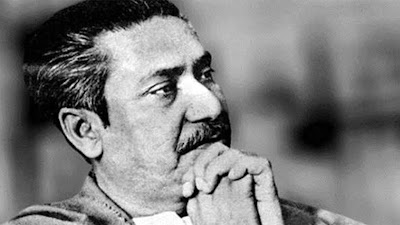Political Context of Bangladesh
The Mughals ruled the country from the end of the fifteenth century to the seventeenth century. Proto-industrialization Mughal Bengal became a semi-independent country under the Nawabs of Bengal. In the Battle of Plassey on June 23, 1757, the region was annexed by the British East India Company.
Until 1947, the British ruled the subcontinent. Bangladesh was a part of India under British rule. During the independence talks in 1947 and the partition of British India, most of Muslim Bangladesh was secured from Hindu India. The Lahore resolution of the Muslim League of 1940 called for Muslim countries to be included in the Muslim countries of Punjab and Bengal.
After the outbreak of religious violence in India, some politicians suggested that a unified Bangladesh was the best solution. The independent states of Pakistan and India were formed in 1947. The part of present Bangladesh is part of Pakistan, also known as East Pakistan.
East Pakistan is random. The 1600-km Indian Territory is separated from West Pakistan. The main group is divided into Pakistan on the basis of race and language; Unlike Bengali East Pakistanis, Punjabi and Pashtuns are mostly Pakistani.
For 24 years, East Pakistan has been fighting for economic and political expulsion from West Pakistan. Political unrest continues in the region, with military-led governments repeatedly overthrowing democratically elected governments. Between 1958 and 1962, between 1969 and 1971, East Pakistan was under martial law.
In the 1970–71 parliamentary elections, the separatist Awami League won all the seats allotted to East Pakistan. Negotiations between the two Pakistanis failed and on 27 March 1971, Sheikh Mujibur Rahman announced the liberation of Bangladesh from Pakistan. The Pakistani army fought to prevent partition.
Bangladesh became a sovereign nation on the world map on March 26, 1971, after nine months of struggle for independence. Bangladesh became an independent parliamentary democracy on 16 December 1972.
This was followed by years of political unrest and a military coup. In December 1990, the People's Movement for Democracy won the election to overthrow a corrupt government. Democracy was restored in 1991 and since then Bangladesh has enjoyed economic progress and relative peace.
Parliamentary democracy in the People's Republic of Bangladesh, the President is the head of state and the Prime Minister is the head of government. Sheikh Mujibur Rahman was the first President of Bangladesh and Father of Nation. The current President is Abdul Hamid. Sheikh Hasina is the Prime Minister of Bangladesh.








ahh
ReplyDeleteGood.....
ReplyDelete